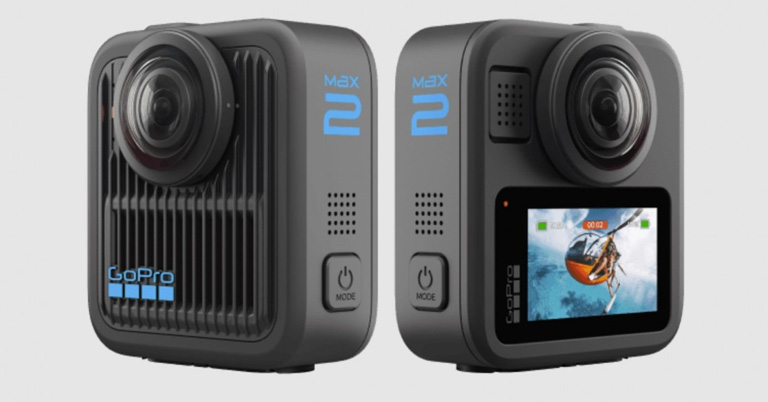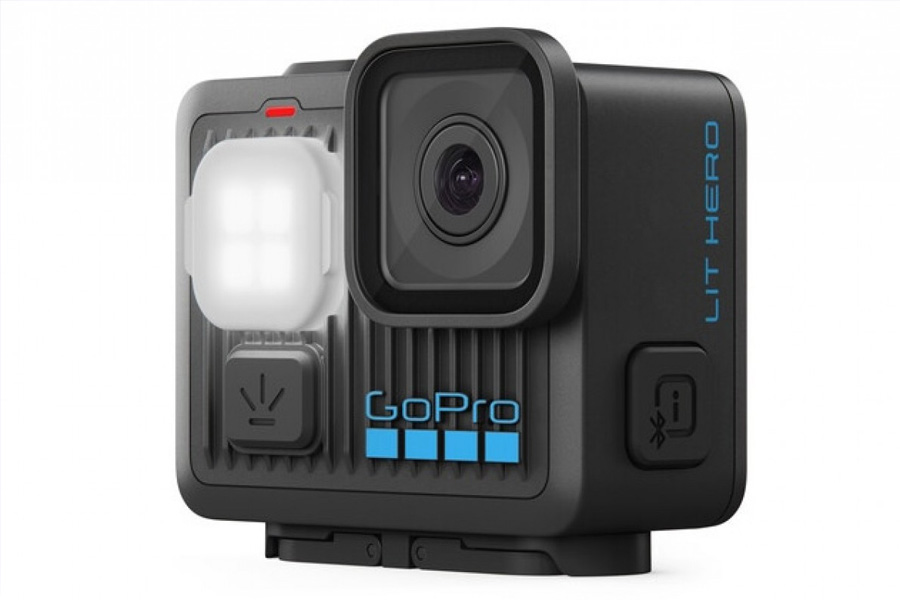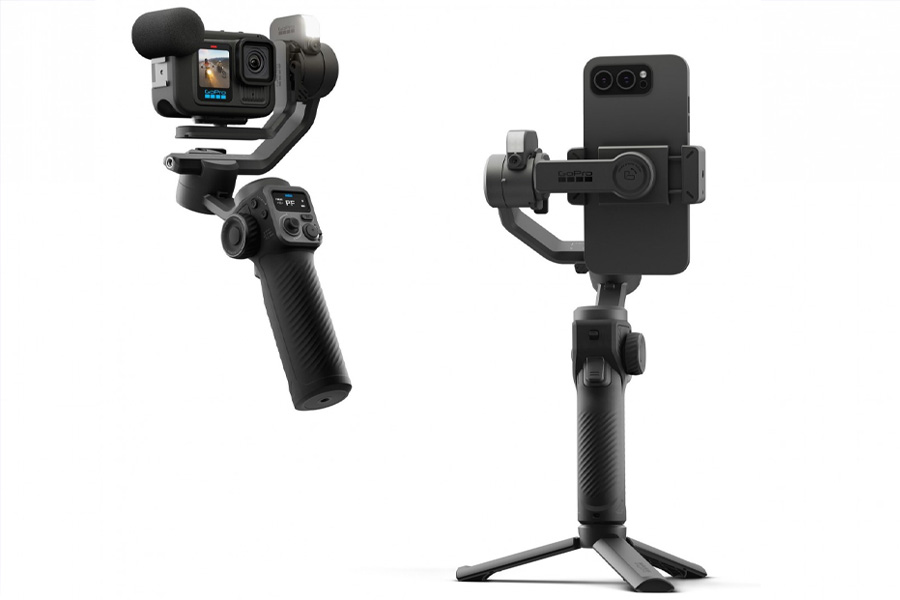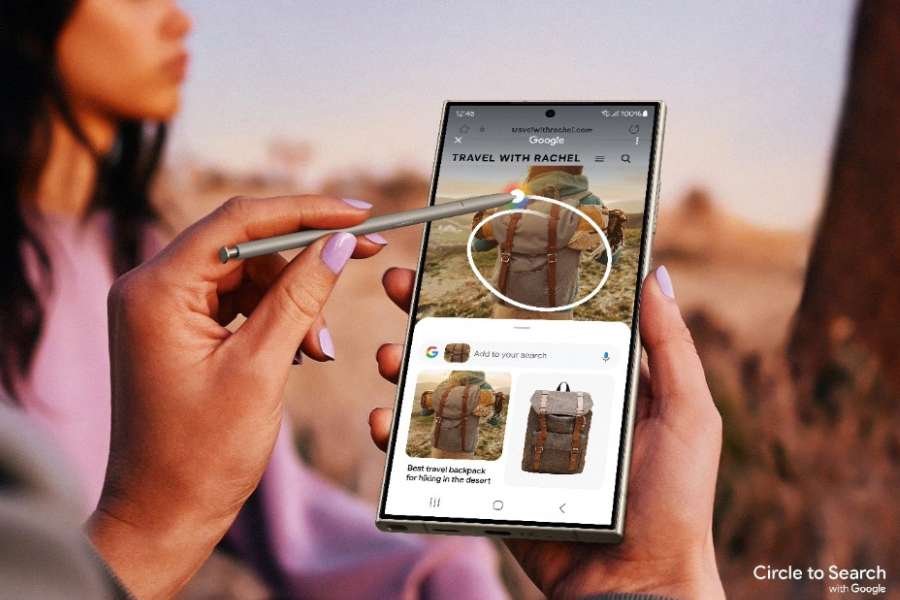Xiaomi is one of the well-known Chinese brands in Nepal. It is currently the No.1 brand in Nepal in terms of sales. In this article, we’ll discuss all the available Xiaomi mobile phones, along with their official price in Nepal, an updated spec sheet, and a mini-review.
Xiaomi: Brand Overview
The Chinese tech brand Xiaomi emerged by producing smartphones with superior specs for an honest price. The company has been expanding its horizon into an absolute electronic hub. With the usual production of smartphones, the company has been focusing on bringing devices and other accessories like Mi TV, Mi fitness bands, Mi Air Purifier, etc.
Currently, there are two official distributors of Xiaomi phones in Nepal: Vatsal Impex Pvt. Ltd. and Teledirect Pvt. Ltd. The area of work has been divided between these two distributors. Vatsal Impex serves the customers inside the Kathmandu Valley, whereas Teledirect will look after the sales and provide services to customers outside the valley.
Hence, if you are buying a Xiaomi smartphone in Nepal, make sure you buy from an authorized distributor. To know if your product is authorized or not, there’s a hologram of one of the distributors in the box package.
Xiaomi Mobile Price in Nepal 2025 [Summary]
Xiaomi Mobiles Price List – Nepal (Official)
| Xiaomi Model |
Price in Nepal (NPR) |
| Redmi A5 |
NPR 10,999 (3+64GB) |
| NPR 11,999 (4+128GB) |
| Redmi 14C |
NPR 13,999 (4+128GB) |
| NPR 15,999 (6+128GB) |
| NPR 18,999 (8+256GB) |
| Redmi 15C |
NPR 14,999 (4+128GB) |
| NPR 16,999 (6+128GB) |
| NPR 18,999 (8+256GB) |
| Redmi 13 4G |
NPR 17,999 (6+128GB) |
| NPR 20,999 (8+256GB) |
| Redmi 15 |
NPR 18,999 (6+128GB) |
| NPR 21,999 (8+256GB) |
| NPR 27,999 (8+256GB) |
| Redmi Note 14 4G |
NPR 23,999 (6+128GB) |
| NPR 26,999 (8+256GB) |
| Redmi Note 14 5G |
NPR 29,999 (8+256GB) |
| NPR 34,999 (12+512GB) |
| Redmi Note 14 Pro 5G |
NPR 39,999 (8+256GB) |
| NPR 44,999 (12+512GB) |
| Redmi Note 14 Pro+ 5G |
NPR 49,999 (8+256GB) |
| NPR 54,999 (12+512GB) |
| Xiaomi 14T |
NPR 59,999 (12+512GB) |
| Xiaomi 15 Ultra |
NPR 149,999 (16+512GB) |
1. Redmi A5
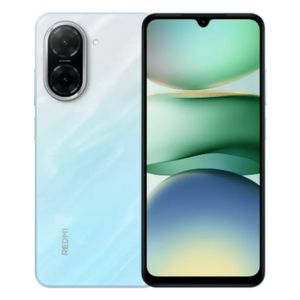
The Redmi A5 4G is Xiaomi’s latest budget-friendly smartphone in Nepal, succeeding the Redmi A3. It features a 6.88-inch IPS LCD display with a 720 x 1640 pixel resolution and a 120Hz refresh rate, offering smoother visuals for everyday use. Under the hood, the device is powered by the Unisoc T7250 processor, paired with 4GB of RAM and options for 64GB or 128GB of internal storage, expandable via a dedicated microSDXC slot. In the camera department, the Redmi A5 sports a 32MP primary rear camera and an 8MP front-facing camera for selfies and video calls.
The phone is equipped with a 5200mAh battery supporting 15W fast charging through a USB Type-C port. Connectivity options include Wi-Fi 5, Bluetooth 5.3, GPS, and a 3.5mm headphone jack.
Redmi A5 Specifications:
- Display: 6.88-inch LCD panel, HD+ resolution, 120Hz refresh rate
- Chipset: Unisoc T7250 4G (12nm)
- Memory: 3/4GB LPDDR4X
- Storage: 64/128GB eMMC 5.1 (expandable up to 1TB)
- Software & UI: Android 15 Go Edition
- Rear Camera: Dual (with LED flash);
– 32MP f/2.0 primary lens
– 0.08 auxiliary sensor
- Front Camera: 8MP f/2.2 (water-drop)
- Battery: 5200mAh with 15W Charging
- Price in Nepal: NPR 10,999 (3/64GB) | NPR 11,999 (4/128GB)
2. Redmi 14C

Redmi 14C is a fresh new addition to the budget lineup from the Chinese tech giant in Nepal. It brings a Mediatek Helio G81 Ultra chipset paired with up to 8GB of RAM and 256GB of internal storage. In terms of display, it brings a bigger 6.88-inch IPS LCD panel with a 120Hz refresh rate, 240Hz touch sampling rate, and 600nits of peak brightness.
Getting to the optics, there is a dual camera setup with a 50MP primary, a secondary AI lens on the rear side, and a 13MP front snapper for selfies. Lastly, fueling the phone is a 5,160mAh cell with 18W fast charging support.
Redmi 14C Specifications:
- Display: 6.88-inch IPS LCD, HD+, 120Hz refresh rate
- Chipset: MediaTek Helio G81 Ultra 4G (12nm mobile platform)
- Memory: 4/6/8GB RAM, 128/256GB storage (expandable)
- Software & UI: HyperOS on top of Android 14
- Rear Camera: Triple (50MP main, AI lens)
- Front Camera: 13MP sensor (teardrop notch)
- Security: Fingerprint sensor (rear-mounted)
- Battery: 5160mAh with 18W fast charging support
- Price in Nepal: NPR 13,999 | NPR 15,999 (6/128GB) | NPR 18,999 (8/256GB)
3. Redmi 15c
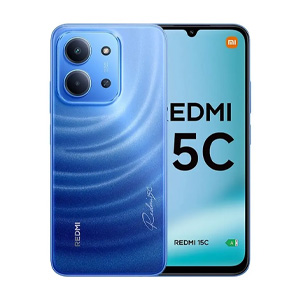
Xiaomi just launched latest 15c in Nepal, and it looks quite promising to say the least. To start off, the phone features a massive 6000 mAh battery alongside 33w charger. Now, of course, big batteries these days are becoming increasingly common, but such a big battery in budget device are worth welcoming. Similarly, you are getting something of a Helio G81 Ultra chipset, which is not a gaming chipset, if you might not know, but for the price, its decent enough to do basic social media browsing.
Similarly, display wise, you are getting a 120Hz LCD display, protected by gorilla glass 3. We got a 50MP dual camera, but the other sensor is not mentioned, and is hardly worth talking about anyway. Talking about the heft, the phone weighs 205 gm and is rated IP64.
Redmi 15C Specifications
- Display: 6.9-inch IPS LCD, 120Hz refresh rate, waterdrop notch
- Processor: MediaTek Helio G81
- RAM: 4GB
- Storage: 128GB/256GB options
- Rear Camera: 50MP dual setup
- Front Camera: 13MP
- Battery: 6000mAh with 33W fast charging
- OS: Android
- Build: IP64 rating, side fingerprint scanner
- Connectivity: NFC support
- Dimensions: 173 x 81 x 8.2mm, 205g
- Price in Nepal: NPR 14,999 (4+128GB), NPR 16,999 (6+128GB), NPR 18,999 (18+256GB)
4. Redmi 13 4G

Xiaomi recently launched the Redmi 13 4G in Nepal as well. It’s the direct successor to last year’s Redmi 12, although alongside a couple of upgrades here and there, the Redmi 13 4G bears some downgrades too. Let’s talk about the upgrades first. First off, Xiaomi upgraded the primary camera from 50MP to 108MP on the Redmi 13 4G, while the selfie camera was bumped to a 13MP sensor.
Other than this, it has a slightly larger 5030mAh battery and a faster 33W charging as well. Now in terms of downgrades, the biggest one has to be that Xiaomi has skipped an ultrawide camera on the Redmi 13 4G. There’s no upgrade to look forward to in the performance department either since its Helio G91-Ultra processor is literally the same as Redmi 12’s Helio G88.
Redmi 13 4G Specifications:
- Display: 6.79-inch FHD+ IPS LCD, 90Hz refresh rate
- Chipset: MediaTek Helio G91-Ultra 4G (12nm)
- Memory: 6/8GB RAM, 128/256GB storage (expandable)
- Software & UI: Android 14 with HyperOS 1.0 on top
- Rear Camera: Dual (108MP main, 2MP macro)
- Front Camera: 13MP (hole-punch cutout)
- Battery: 5030mAh with 33W charging
- Security: Side-mounted fingerprint sensor, 2D Face unlock
- Price in Nepal: NPR 17,999 (6/128GB) | NPR 20,999 (8/256GB)
5. Redmi Note 14 4G

This year, we have two Note 14 models, both in 4G and 5G iterations. This 4G brings some improvements like a fairly more powerful Helio G99 SoC and a bigger 5500mAh battery as compared to last year’s Note 13 4G with a SD 685 chip and a 5000mAh cell. Likewise, the display is a 6.67-inch AMOLED panel with a 120Hz refresh rate, 1800nits of peak brightness, Gorilla Glass 5 protection, and 960Hz PWM dimming.
Running on HyperOS, this smartphone features a triple camera setup of a main 108MP sensor, a 2MP depth, and a 2MP macro unit. Yes, no Ultrawide camera this time! Other than that, you do get an IP54 rating, a flat frame design, and Dolby Atmos-powered speakers.
Redmi Note 14 4G Specifications:
- Display: 6.67-inch AMOLED, FHD+, 120Hz refresh rate
- Chipset: MediaTek Helio G99Ultra 4G (6nm mobile platform)
- Memory: 6/8GB RAM, 256/512GB storage (fixed)
- Software & UI: HyerOS on top of Android 14
- Rear Camera: Triple (108MP main with OIS, 2MP depth, 2MP macro)
- Front Camera: 20MP sensor (hole-punch cutout)
- Security: Fingerprint sensor (in-display optical)
- Battery: 5500mAh with 33W fast charging
- Price in Nepal: NPR
24,999 23,999 (6/128GB) | NPR 27,999 26,999 (8/256GB)
6. Redmi 15 4G

The Redmi 15 4G has been launched in Nepal with a clear focus on battery power. It carries a huge 7,000mAh cell, the biggest Xiaomi has put in a global release, which should comfortably last two days on a single charge. On the front, you get a 6.9-inch Full HD+ panel with a 144Hz refresh rate, 288Hz touch sampling, and Wet Touch Technology 2.0 that keeps the screen responsive even with damp fingers. The phone comes in Ripple Green, Titan Gray, and Midnight Black, and also includes IP64 splash resistance.
Inside, Xiaomi has gone with the Snapdragon 685 processor instead of the newer chip many expected, paired with 6GB or 8GB RAM and 256GB storage that can be expanded up to 2TB. It runs HyperOS 2.0 on Android 15 and includes features like Circle to Search and AI Eraser. The camera setup has a 50MP main sensor on the back and an 8MP front camera, while the audio side supports Dolby Atmos. Charging stays at 33W, but Xiaomi has added 18W reverse charging to top up other devices.
Redmi 15 4G Specifications
- Display: 6.9-inch Full HD+, 144Hz, 288Hz touch sampling, Wet Touch Technology 2.0
- Processor: Snapdragon 685
- RAM: 6GB/ 8GB (expandable up to 16GB virtual)
- Storage: 256GB + microSD up to 2TB
- Rear Camera: 50MP main + auxiliary lens
- Front Camera: 8MP
- Battery: 7,000mAh with 33W charging, 18W reverse charging
- OS: HyperOS 2.0 based on Android 15
- Security: Side-facing fingerprint sensor
- Protection: IP64 water resistance
- Audio: Hi-Res Audio, Dolby Atmos
- Colors: Ripple Green, Titan Gray, Midnight Black
- Price in Nepal: NPR 18,999 (6GB+!28GB), NPR 21,999 (8GB+256GB)
7. Redmi Note 14 5G

The Redmi Note 14 5G is here in Nepal. It features a 6.67-inch AMOLED display with a 120Hz refresh rate and a peak brightness of 2,100 nits, ensuring vibrant and smooth visuals. Protected by Corning Gorilla Glass 5 and boasting an IP64 rating, it offers durability against dust and water splashes. Under the hood, the device is powered by the MediaTek Dimensity 7025 Ultra chipset, coupled with up to 8GB of RAM and 256GB of internal storage, expandable via microSD. It runs on Xiaomi’s HyperOS based on Android 14, providing a user-friendly experience.
For photography, the smartphone is equipped with a triple-camera setup, including a 108MP main sensor (OIS), an 8MP ultra-wide lens, and a 2MP macro camera. Furthermore, a 5,110mAh battery supports 45W fast charging, ensuring prolonged usage with minimal downtime.
Redmi Note 14 5G Specifications:
- Display: 6.67-inch AMOLED, FHD+, 120Hz refresh rate
- Chipset: MediaTek Dimensity 7025 Ultra 4G (6nm mobile platform)
- Memory: 6/8GB RAM, 256/512GB storage (fixed)
- Software & UI: HyerOS on top of Android 14
- Rear Camera: Triple (108MP main with OIS, 8MP ultrawide, 2MP macro)
- Front Camera: 20MP sensor (hole-punch cutout)
- Security: Fingerprint sensor (in-display optical)
- Battery: 5110mAh with 45W fast charging
- Price in Nepal: NPR
30,999 29,999 (8/256GB) | NPR 35,999 34,999 (12/512GB)
8. Redmi Note 14 Pro 5G

Xiaomi Nepal has launched the 5G version of the Note 14 Pro series this time. So, albeit the price has gone up a higher, you do get some significant upgrades. First up, the 200MP camera this time is a 1/1.4-inch Light Hunter 800 sensor alongside a 7P lens and f/1.65 aperture.
While running the things from the core is a Dimensity 7300 SoC, a 4nm fabbed chip with a performance boost over the Helio G99 powered Note 13 Pro from last year. Other than that, the AMOLED display is a flagship-grade one with a 6.67-inch size, Dolby Vision, 12-bit, 120Hz refresh rate, Gorilla Glass Victus 2 protection, and 3000 nits of peak brightness. Furthermore, you get a 5110mAh cell powering the phone, backed up by 45W of fast charging.
Redmi Note 14 Pro 5G Specifications:
- Display: 6.67-inch AMOLED, FHD+, 120Hz refresh rate, Dolby Vision, 12-bit
- Chipset: MediaTek Dimensity 7300 Ultra 5G (4nm mobile platform)
- Memory: 8/12GB RAM, 256/512GB storage (fixed)
- Software & UI: HyperOS on top of Android 14
- Rear Camera: Triple (200MP main OIS, 8MP ultrawide, 2MP macro)
- Front Camera: 20MP sensor (hole-punch cutout)
- Security: Fingerprint sensor (indisplay)
- Battery: 5110mAh with 45W fast charging
- Price in Nepal: NPR 39,999 (8/256GB) | NPR 44,999 (12/512GB)
9. Redmi Note 14 Pro+ 5G

The Redmi Note 14 Pro+ is the most expensive Redmi Note phone to date. Compared to last year, it brings some slight improvements. Take the Snapdragon 7s Gen 2 SoC for instance, which boasts improvements over the Dimensity 7200 Ultra of its predecessor. The main camera is still 200MP but it’s Light Hunter 800 sensor now instead of the Samsung sensor this time.
On the display side, you are greeted with a 6.67-inch 1.5K OLED screen with a 120Hz refresh rate, Gorilla Glass Victus 2 protection, Dolby Vision, and DCI-P3 color gamut. Fueling the smartphone is a 5110mAh cell with 120W wired fast charging.
Redmi Note 14 Pro+ 5G Specifications:
- Display: 6.67-inch AMOLED, 1.5K, 120Hz refresh rate
- Chipset: Snapdragon 7s Gen 3 5G (4nm mobile platform)
- Memory: 8/12GB RAM, 256/512GB storage (fixed)
- Software & UI: MIUI 14 on top of Android 13
- Rear Camera: Triple (200MP main OIS, 8MP ultrawide, 2MP macro)
- Front Camera: 16MP sensor (hole-punch cutout)
- Security: Fingerprint sensor (indisplay)
- Battery: 5000mAh with 120W fast charging
- Price in Nepal: NPR 47,999 (8/256GB) | NPR 52,999 (12/512GB)
10. Xiaomi 14T

Xiaomi 14T is the debut of Xiaomi’s T Series phone in Nepal. Launched at a very competitive price, the specs are equally interesting. First up, you get a Leica branded camera setup comprising of a 50MP main (OIS), 50MP 2x telephoto lens, and a 13 Ultrawide sensor. And during our testing, the Xiaomi 14T did perform well with punchy outputs and details. Likewise, powering the core is a Mediatek Dimensity 8300 Ultra chip paired with 12GB of RAM and a spacious 512GB of UFS 4.0 storage.
In terms of display, you are greeted with a 6.67-inch AMOLED panel with a 144Hz refresh rate, and Dolby Vision support. Lastly, it gets its fuel from a 5000mAh battery with 67W wired fast charging support.
Xiaomi 14T Specifications:
- Display: 6.67-inches OLED panel, 144Hz refresh rate, 4000nits peak brightness, HDR 10+, Dolby Vision
- Resolution: 1.5K (2772 x 1240 pixels)
- Chipset: Snapdragon 8 Gen 3 (4nm Mobile Platform)
- Memory: 12GB RAM, 512GB UFS 4.0 storage
- Software & UI: Android 14 with HyperOS on top
- Rear Camera: Triple Leica cameras (with LED flash);
– 50MP primary sensor (OIS)
– 50MP 2x telephoto camera
– 12MP ultrawide unit
- Front Camera: 32MP sensor (hole-punch cutout)
- Audio: Stereo speaker setup
- Battery: 5000mAh with 67W wired charging
- Price in Nepal: NPR
64,999 59,999 (12/512GB)
11. Xiaomi 15 Ultra

The Xiaomi 15 Ultra is an absolute beast of a camera which has gone official in Nepal too. It brings all those stellar hardware setup paired with LEICA’s tuning and that too with the latest and greatest chip, the Snapdragon 8 Elite SoC. So, its camera is a darn of showdown when it comes to clicking casual, street or professional shots. The star of the show is a 200MP periscope camera with 4.3x zoom, offering improved low-light performance through a larger sensor, faster aperture, and higher resolution. Pair that with another 3X 50MP telephoto sensor, a 50MP main camera and a 50MP ultrawide unit.
As for the design, the Xiaomi 15 Ultra boasts a sturdy build with a profound camera module and an aluminum frame. Likewise, fueling the smartphone is a 5410mAh battery with 90W wired fast charging and 80W wireless charging support. Meanwhile, it boots on Xiaomi HyperOS 2.0 built on top of Android 15.
Xiaomi 15 Ultra Specifications
- Display: 6.73-inches WQHD+, LTPO OLED panel, 120Hz refresh rate, HDR 10+, Dolby Vision, HLG, Gorilla Glass 7i with Xiaomi Guardian Structure
- Chipset: Snapdragon 8 Gen Elite (3nm Mobile Platform)
- Memory: 16GB LPDDR5X RAM, 512GB UFS 4.0 storage
- Software & UI: Android 15 with HyperOS 2 on top
- Rear Camera: Triple Leica cameras (with LED flash)
- 50MP primary sensor (OIS)
- 200MP, 4.3x periscope telephoto (OIS)
- 50MP 3x telephoto camera (OIS)
- 50MP Ultrawide sensor
- Front Camera: 32MP sensor (hole-punch cutout)
- Audio: Stereo speaker setup
- Battery: 5410mAh with 90W wired charging, 80W wireless, 10W reverse wireless
- Price in Nepal: NPR 149,999 (16/512GB)
Xiaomi Mobile Price in Nepal: Conclusion
So, that completes our list of Xiaomi mobile prices in Nepal. As compared to India and China, the Xiaomi Nepal division has tried to keep the price as similar as possible. However, there is a slight price difference because of the 13% government VAT and an additional 2.5% excise duty on the import of mobile phones.
Frequently Asked Questions (FAQs)
What is the price of Xiaomi/Redmi mobile in Nepal?
The price of Xiaomi/Redmi mobiles in Nepal ranges from NPR 10,499 to NPR 149,999.
Where to buy Xiaomi Phones in Nepal?
You can buy Xiaomi phones in Nepal from authorized online stores like Hukut and offline platforms for official warranty and good after-sales support.
Which is the best Xiaomi phone for cameras in Nepal?
Xiaomi 15 Ultra is the best Xiaomi phone for cameras in Nepal.
Will I get a warranty if I buy a Xiaomi or Redmi phone from the grey market?
No, you won’t get a warranty if you have purchased a Xiaomi/Redmi phone from a grey/unofficial channel.
Is Xiaomi mobile cheaper in Nepal than in India?
Yes, Xiaomi phones’ pricing is generally cheaper in Nepal than in India.
Which is the best Redmi phone in the market right now?
Redmi Note 14 Pro Plus is the best Redmi phone available in the market right now.
Is Xiaomi mobile available in EMI in Nepal?
Yes, you can buy some Xiaomi phones in EMI in Nepal with 0% interest.
- Meanwhile, check out all the prices and specs of Xiaomi phones and devices here
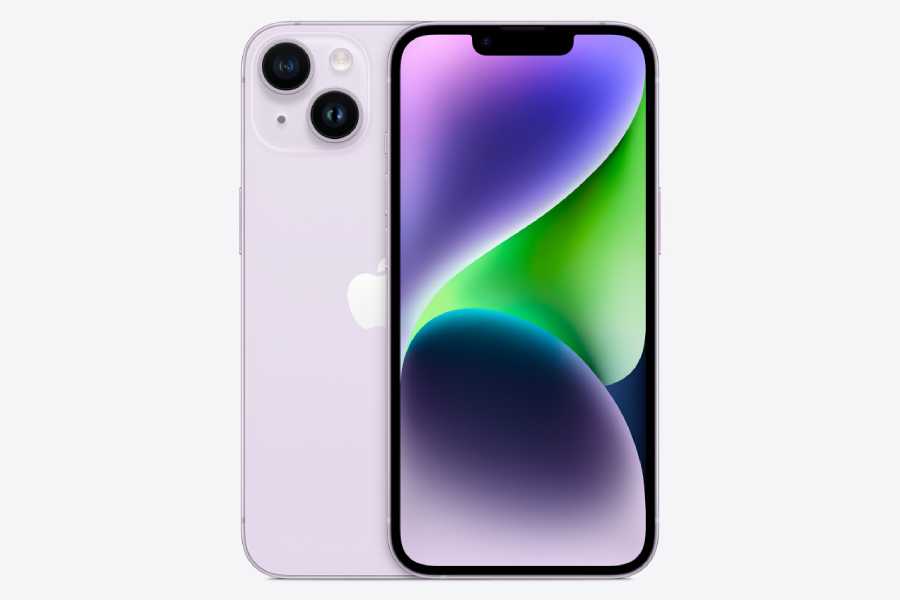
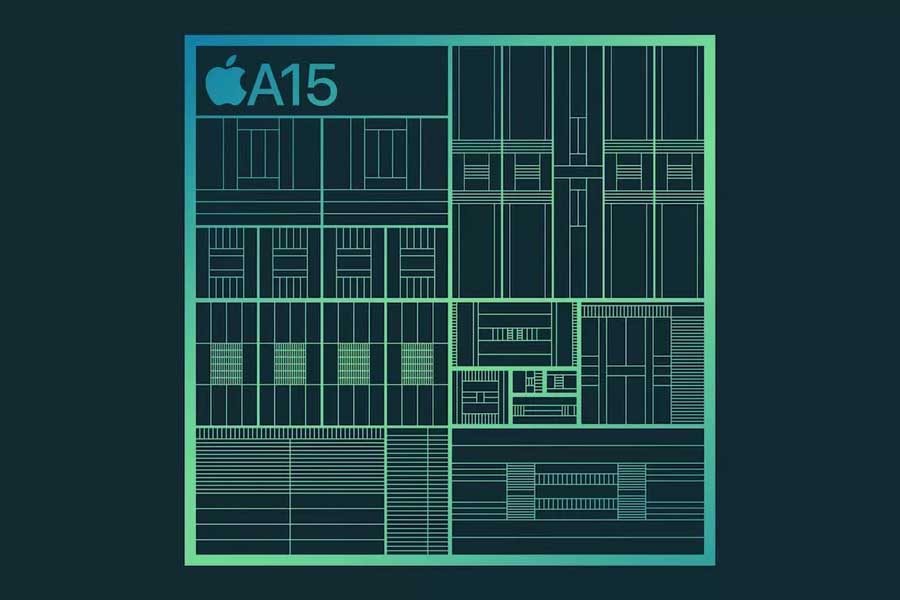
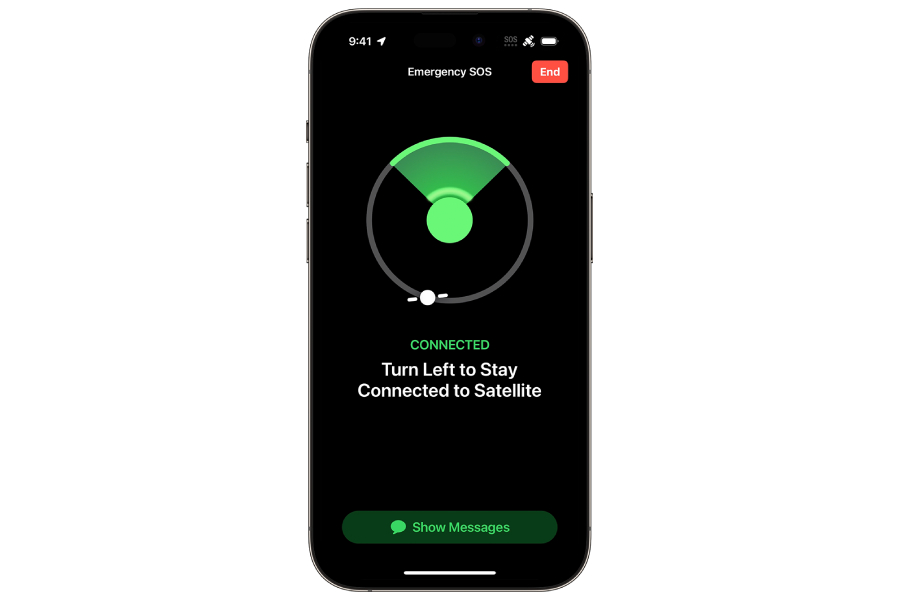


![iPhone 14 Price in Nepal [2025 Updated] iPhone 14 Price in Nepal [2025 Updated]](https://cdn.gadgetbytenepal.com/wp-content/uploads/2022/09/iPhone-14-Price-in-Nepal.jpg)
![iPhone 13 Price in Nepal [2025 Updated] iPhone 13 Price in Nepal [2025 Updated]](https://cdn.gadgetbytenepal.com/wp-content/uploads/2021/09/iPhone-13-Price-Nepal.jpg)
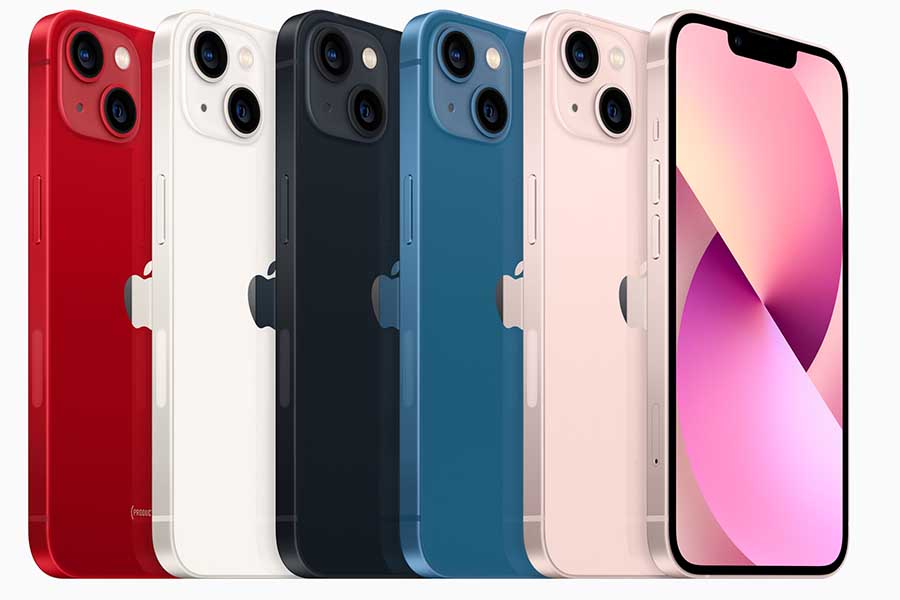
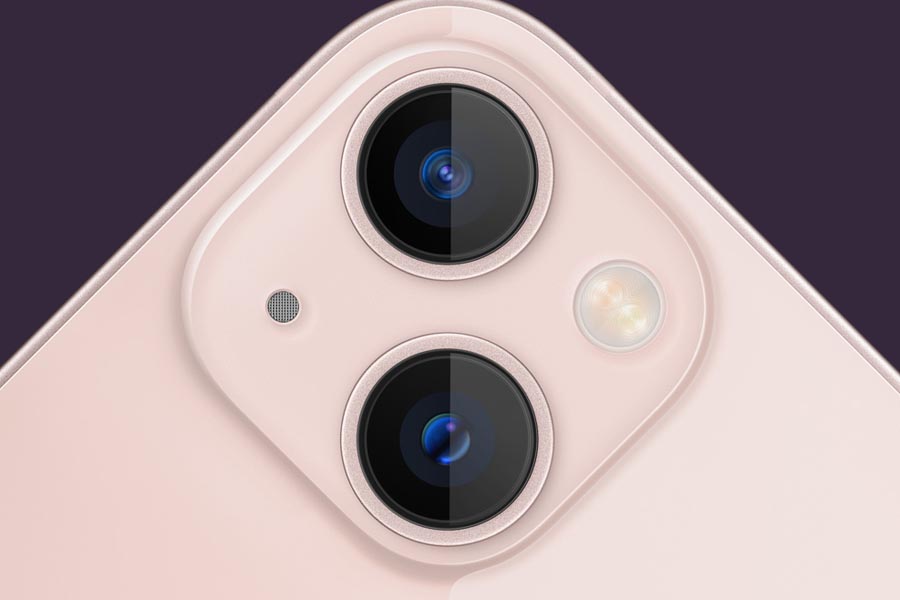
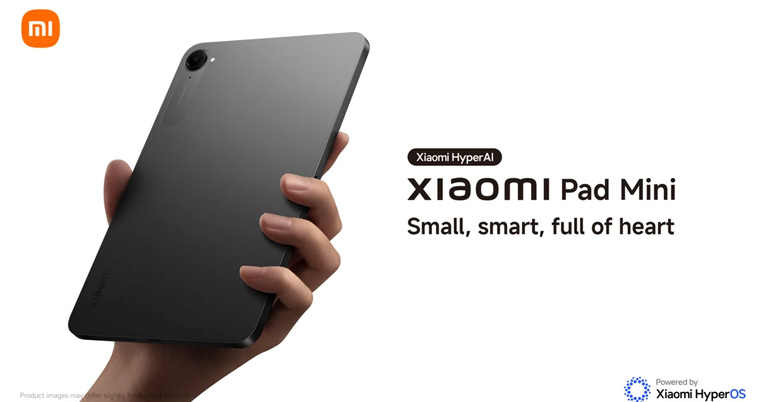
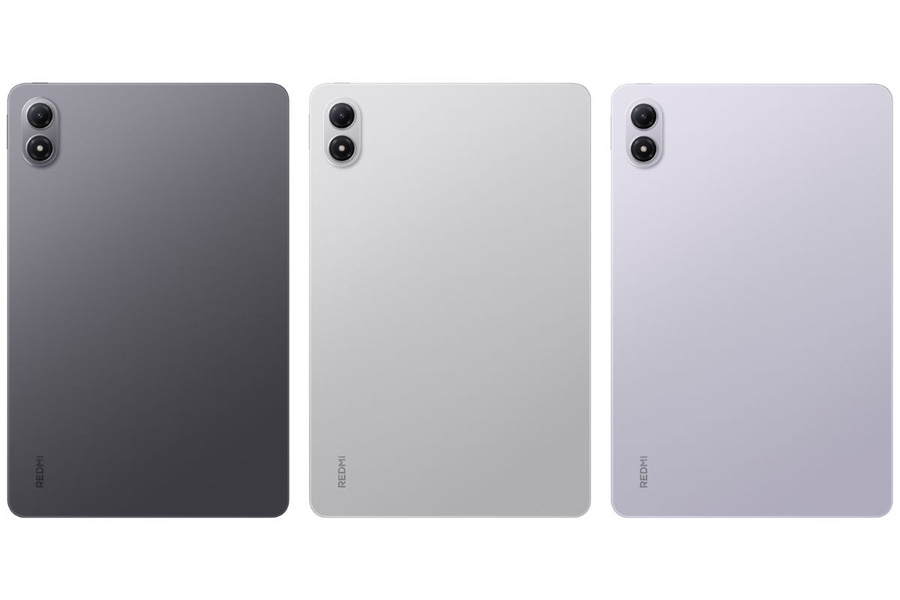
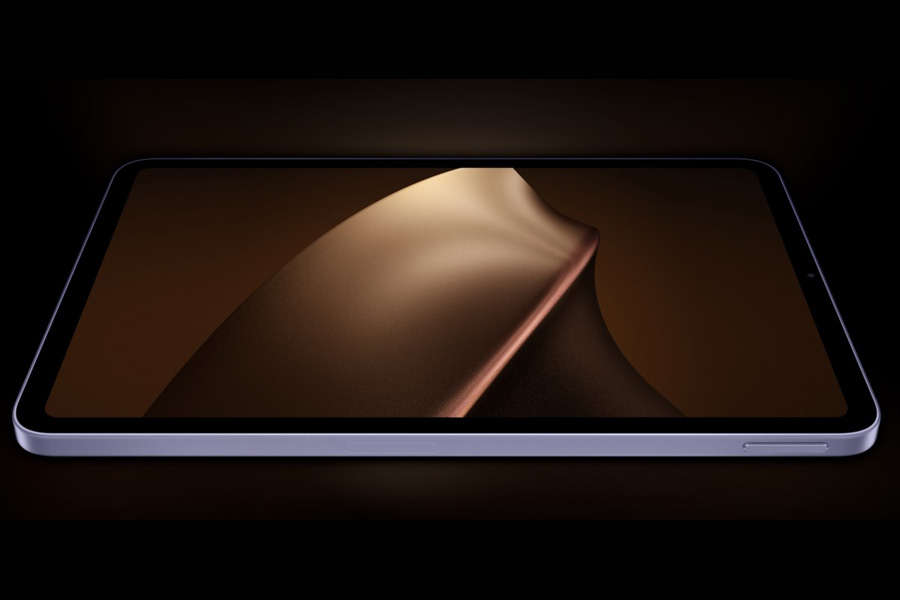
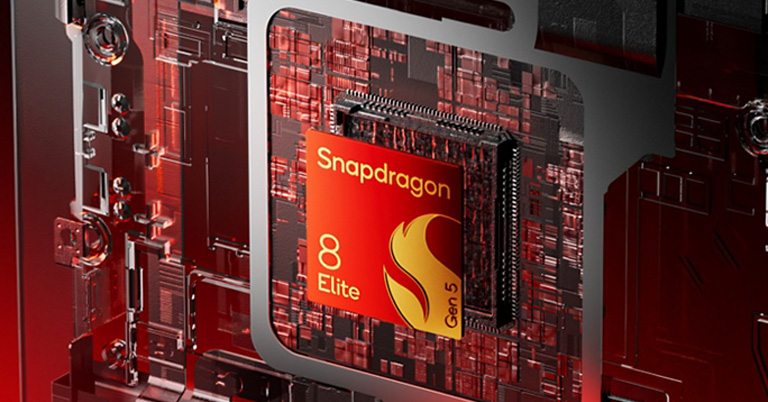
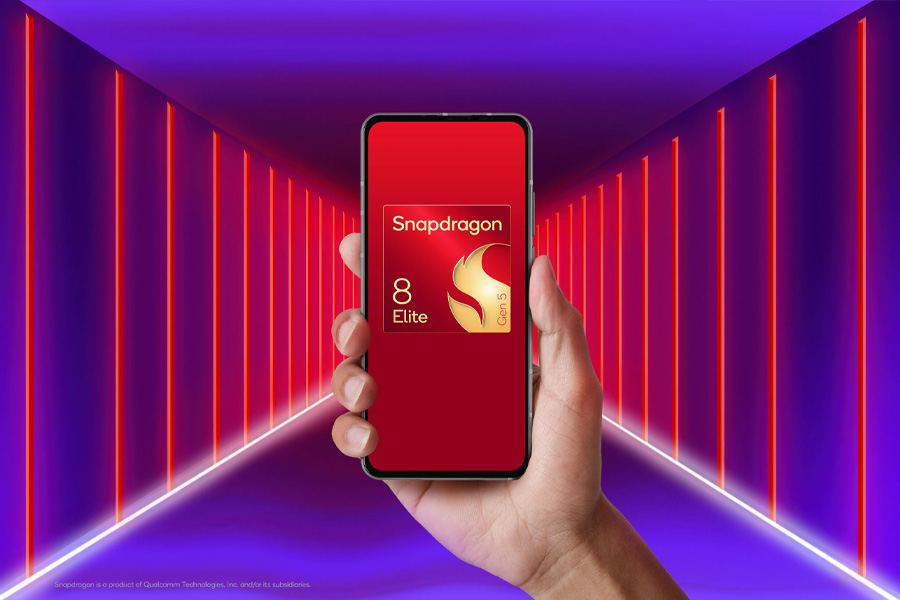






![Xiaomi Mobile Price in Nepal [Updated 2025] Xiaomi Mobile Price in Nepal [Updated 2025]](https://cdn.gadgetbytenepal.com/wp-content/uploads/2024/06/Xiaomi-Mobile-Price-in-Nepal-2024.jpg)











